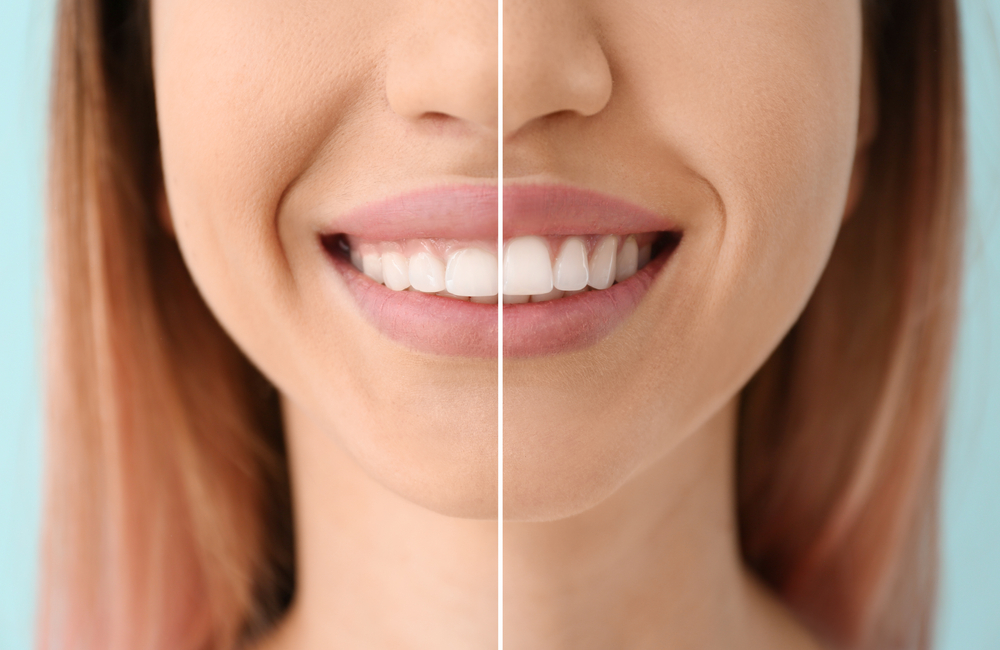Tooth Contouring: Subtle Changes, Big Impact

Welcome to the world of tooth contouring. Picture a sculptor, honing a block of marble into a masterpiece. Now picture your dentist at porter family dental, using the same precision and artistry to subtly reshape your teeth. The results? Significant improvements in your smile and confidence. Tooth contouring is a simple, yet transformative process. In this article, we will uncover the key elements of this innovative dental treatment.
What is Tooth Contouring?
Think of tooth contouring as a gentle sanding of your teeth. It’s a method used to correct minor imperfections, such as tiny chips or irregular shapes. Dentists remove small amounts of tooth enamel. The goal is to change the length, shape, or surface of your teeth.
The Tooth Contouring Procedure
The first step is a dental exam. Your dentist assesses your oral health. X-rays may be necessary. Once your dentist confirms contouring is right for you, the process begins. They will use a sanding disc or fine diamond bur to remove small amounts of tooth enamel. The final step is smoothing and polishing your teeth. The entire process is often painless and can be completed in a single visit.
Pros and Cons of Tooth Contouring
No procedure is perfect. Let’s weigh the pros and cons of tooth contouring:
| PROS | CONS |
| Quick and painless | Not suitable for major dental issues |
| Usually no need for anesthesia | Removing enamel can lead to tooth sensitivity |
| Immediate results | Potential for tooth damage if too much enamel is removed |
Is Tooth Contouring Right for You?
Tooth contouring is a great option if you’re looking for minor cosmetic changes. But it’s not for everyone. It’s not a solution for major dental issues like decay or alignment. Always consult with your dentist before deciding on any dental procedures.
Conclusion
Subtle changes can make a big impact. That’s the power of tooth contouring. It’s a simple procedure, but it can greatly enhance your smile. Always remember – a healthy smile is a beautiful smile.
For more information about tooth contouring, check out this guide from the National Institute of Dental and Craniofacial Research.

 Which delta 9 gummies are known for their potency?
Which delta 9 gummies are known for their potency?  Ways to Relieve Back Pain Naturally
Ways to Relieve Back Pain Naturally  The Life-Saving Benefits of Mohs Surgery for Skin Cancer
The Life-Saving Benefits of Mohs Surgery for Skin Cancer  Finding the Right Florida Pain Management Center
Finding the Right Florida Pain Management Center  A Lifetime of Brain Health: Tips for Every Decade
A Lifetime of Brain Health: Tips for Every Decade  The Science Behind Mobility Wheelchair Ergonomics
The Science Behind Mobility Wheelchair Ergonomics  Can Online Doctors Help During Pandemics?
Can Online Doctors Help During Pandemics?  Women-Only Gyms in Singapore: Safe, Empowering Spaces for Female Fitness Goals
Women-Only Gyms in Singapore: Safe, Empowering Spaces for Female Fitness Goals  Get Urgent Care Ear Infection Treatment Today
Get Urgent Care Ear Infection Treatment Today